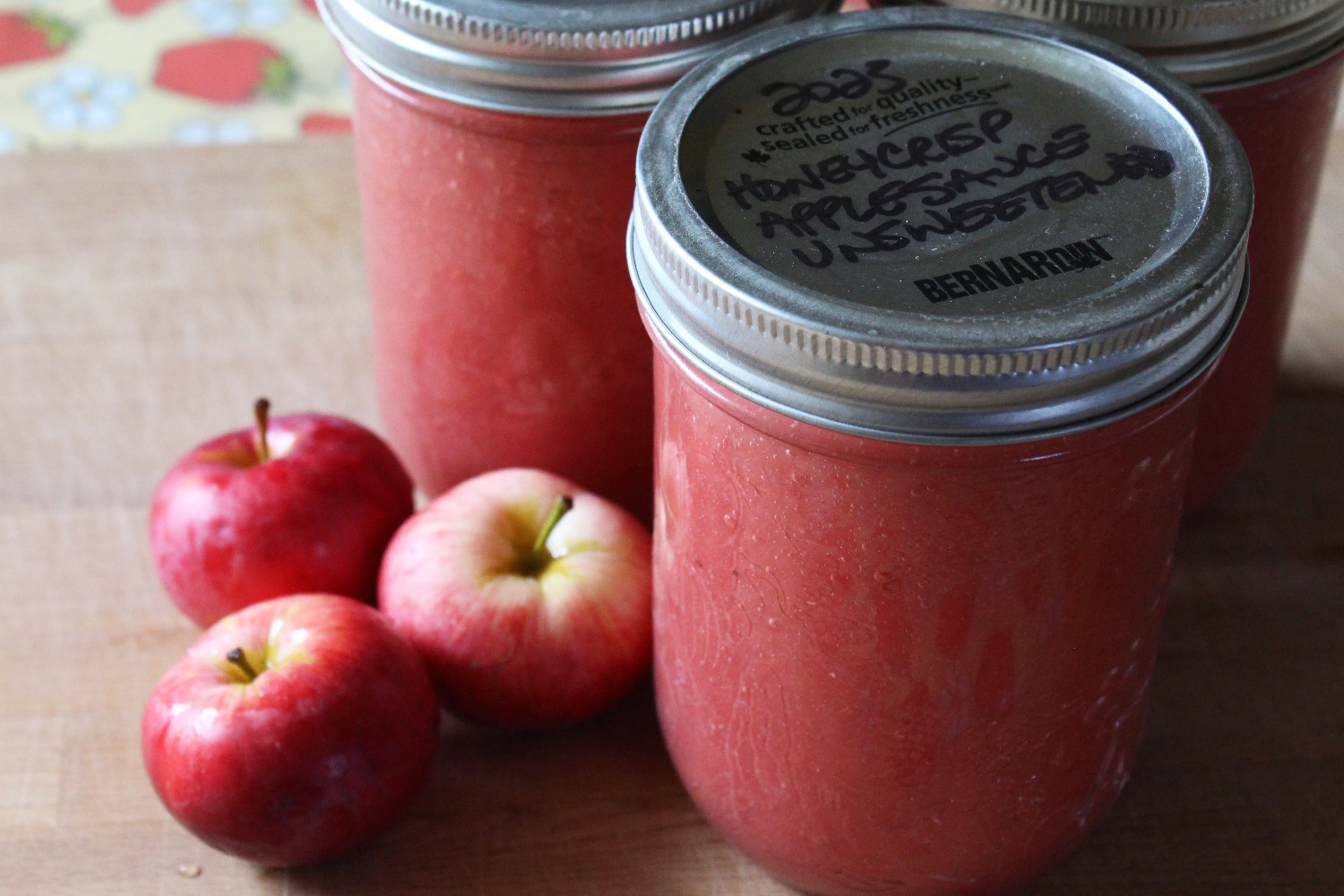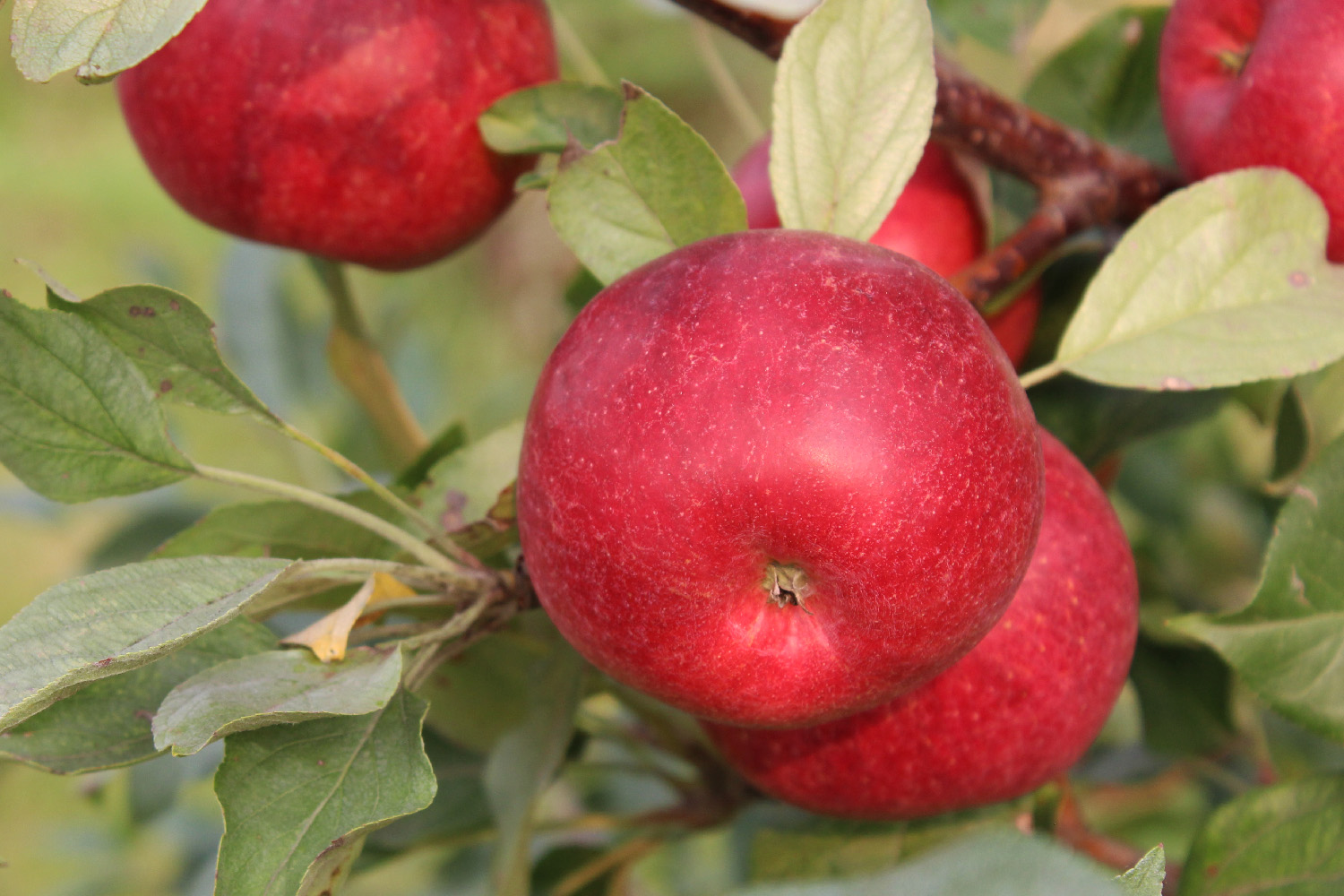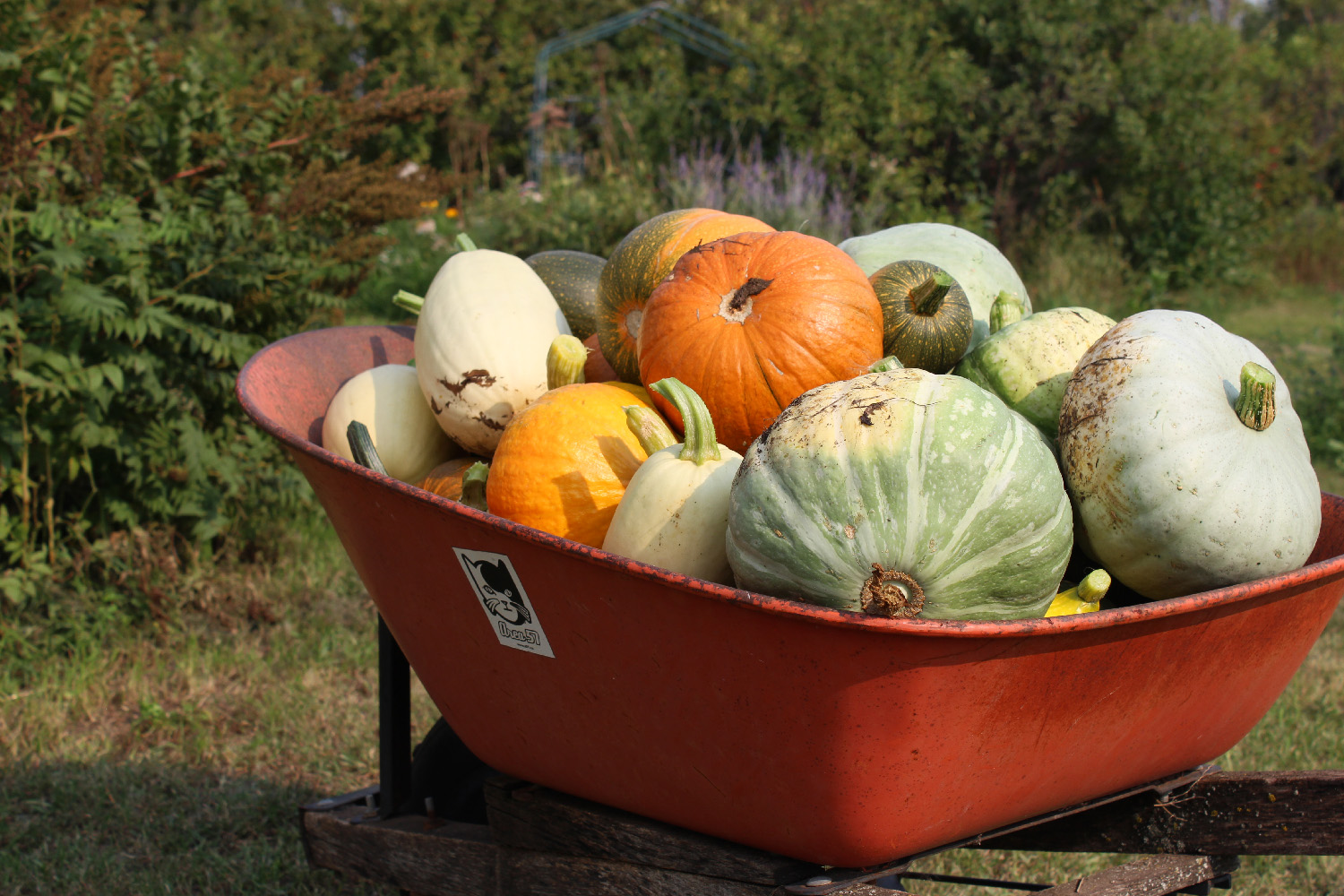Ordering Bare Root Fruit Trees in Canada
March 1, 2019 | Orchard | No Comments
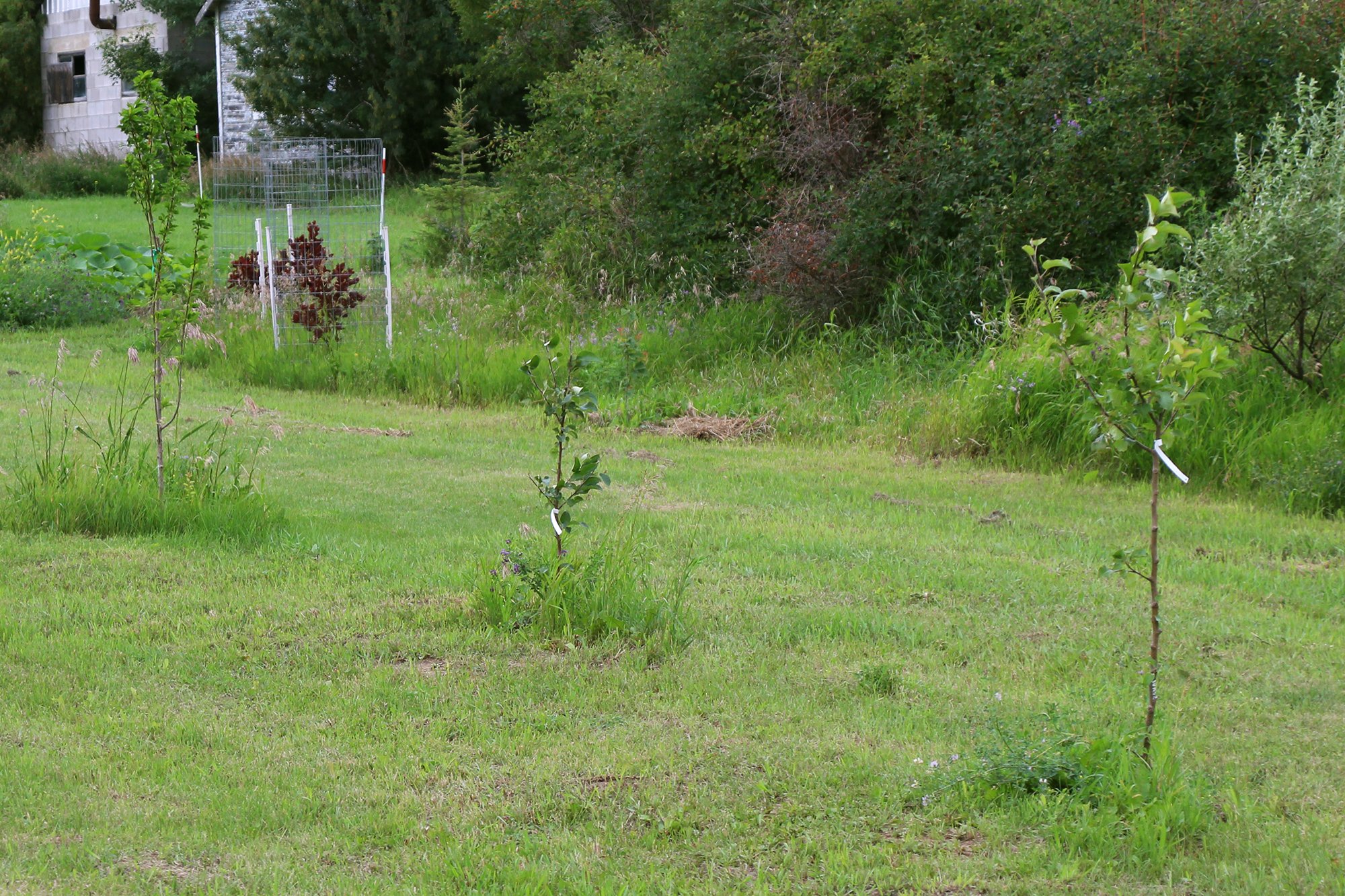
Just a couple of days ago, it was -35 at our place…and it’s almost March! While the newest zone map insists we are zone 3a, polar vortexes beg to differ, and drop us down into the -40 (and colder) range, which is pretty solidly zone 2. Locals say that these temperatures are actually closer to ‘normal’ than the 6 or so winters before; however, the extended (month-long) cold snaps are an anomaly. Climate change is clearly messing with weather patterns, and extended cold snaps may well be part of our new normal.
I suspect that long stretches of cold are not as hard on fruit trees as the melt-and-freeze cycle of chinooks that we used to get in Alberta, but we lost several of our young trees last winter, when we experienced similar long stretches of deep freeze. We plant several fruit trees and bushes every year, in the hopes of having a lush orchard at some point. This year, there were a couple of things I really wanted, so I ordered them very early, as they had sold out the year before. However, with all this cold, I am looking at ordering a few more trees to fill in the gaps I expect we’ll see in the orchard, come spring.
There are actually a pretty good selection of fruit trees that are rated zone 2 and 3 – the main trees that grow here are apples, pears, and plums, and there is a reasonable assortment of varieties from each type. However, there are not many tree nurseries that are actually within reasonable driving distance, which means we’re often ordering bare root fruit trees from far away.
We normally order bare-root trees. Bare-root trees are trees that have been grown in fields (rather than in pots), then dug up, washed off, and shipped by mail. We’ve had excellent success with bare-root trees; we’ve only had a few that did not start leafing out within a few weeks of planting, which is a pretty good success rate, when you consider how many trees we’ve planted. Our trees don’t always make it through the winters, though, which is mostly our own fault – we tend to ‘push’ zones a bit, and try out varieties that may not be fully hardy in our area.
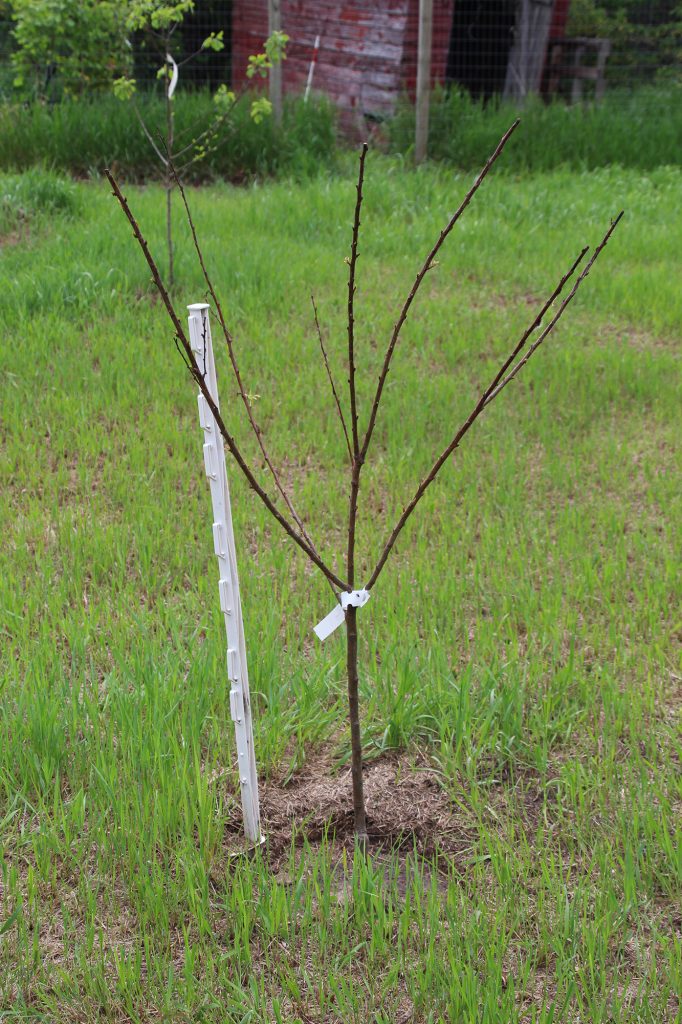
Because we’re often ordering from far away, we’ve found there are a couple of things we really have to pay attention to.
A lot of the Canadian fruit tree nurseries that will ship trees (the majority, really) are in southern Ontario and Quebec. Most of them are at least zone 5, and a couple are as warm as zone 7. Nurseries generally strive to be accurate in their zone assessments, but a zone 5 or 6 nursery is not going to be able to conclusively say that any given tree will ‘make it’ in zone 2 or 3. Sometimes things are not quite as hardy as advertised, so there is an element of risk when you are ordering from a nursery several zones warmer than you.
The odd nursery really stretches credibility with their zone ratings, so if something seems too good to be true, like a peach or a sweet cherry that is rated hardy to zone 3…well, I recommend you put your wallet down and save your money, or maybe go buy a lottery ticket, instead.
The other issue that we occasionally come across is a perfectly hardy cultivar that is grafted on a rootstock that won’t take real prairie winter. We’ve found we really have to watch this with pears, as some of them are grafted on OhxF rootstocks, which are only supposed to be zone 4 hardy, or Quince A, which simply won’t take our winters at all.
We prefer full-sized Antonovka rootstock for our apple trees, as it seems to do well with both cold and drought, which are our big challenges. We’ve also got several apples on B118 rootstock that have survived at least a couple of winters, and seem to be thriving.
Our plums and apricots are generally grafted on Mustang rootstock, which handles prairie winter just fine. Last year, we ordered a couple of plums on Myrobalan, which is supposed to be fairly hardy, though I’ve never seen a zone rating; this winter will be a good test for them, as it has been very cold.
I do recommend ordering bare-root trees, overall. If you pay close attention to the rootstocks, and cross-reference zone ratings (especially for things that seem too good to be true), you can get access to a much wider variety of cultivars, and it is often considerably cheaper to order bare-root trees than to buy potted trees at the local big-box store.
I’ve created a big list of reputable Canadian bare-root fruit tree nurseries – check it out!
